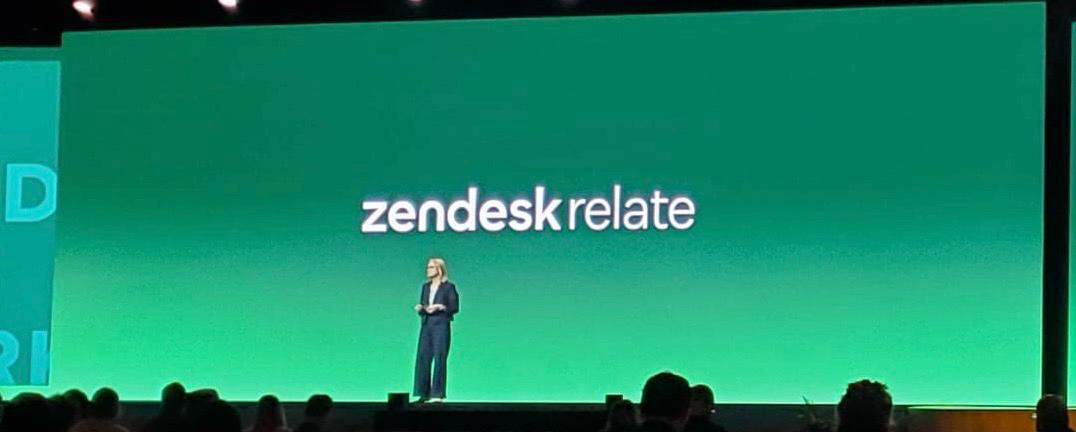Customer experience is becoming an increasingly important aspect of business operations. As more and more companies invest in their existing customers, it’s important to understand how well that investment is paying off.
So how do you know how happy your customers are? By identifying and tracking important customer experience metrics — also known as Key Performance Indicators (KPIs).
5 Important Customer Experience Metrics
Are you looking for ways to measure customer satisfaction? These are some of the key customer experience metrics that your support teams should track:
1. Net Promoter Score (NPS)
Net Promoter Score (NPS) is a satisfaction and brand loyalty metric that indicates how many customers would refer your business to others, such as friends. You can collect these metrics by requesting your customers to rate their likelihood of recommending your products to family and friends on a scale of 0 to 10.
Because it is simple to implement and somewhat accurate, NPS is the most often used customer experience metric. It is also an ideal benchmark for alerting you to customer experience issues. All you have to do is wait an appropriate period after a customer has used your services.
2. Customer Effort Score (CES)
Customer Effort Score is the third most common customer experience metric requiring customer input. If you want to know how your customers feel about your company, use the CES measure. This metric tells you whether your customers find it easy or challenging to do business with you. Typically, this metric assigns a 5- or 7-point scale to your customer’s responses.
CES is newer than NPS, but it’s simple to learn and apply and provides relevant data that can help you make the necessary changes. Boosting your CES score can favor your business by increasing your repeat customers by up to 94%.
3. Customer Satisfaction Score (CSAT)
The Customer Satisfaction Score is a straightforward metric to measure satisfaction with your products or services. Its rating goes from 1 to 5, with 5 representing “extremely satisfied” and 1 representing “not satisfied.” A higher number indicates that your customers are satisfied with your company, while a low score indicates dissatisfaction.
If you want to determine the CSAT for your company, divide the number of 1-5 rate customers by the total number of surveyed customers and multiply by 100. This indicator allows you to analyze your customers’ happiness over time and identify product or service improvements causing high or low ratings.
4. Customer Lifetime Value (CLV)
Customer Lifetime Value is the average revenue a customer is estimated to provide to your firm over time. It may be evaluated as an economic benefit that the customer provides to the business during the interaction or as a value over a set period, such as a year or five years. CVL lets you view the customer experience as a journey instead of just a specific interaction.
5. Average Response Time
Average response time is a customer experience metric that measures how long it takes to handle a support query or concern. It is critical to keep in mind that fewer hours spent on customer support equals greater customer satisfaction. Also, the longer the time, the worse the experience and the likelihood that customers will not return.
Achieve CX Excellence
Providing an excellent customer experience can be the competitive advantage your business needs to win. If you are trying to enhance your customer journey to achieve better results or scale, our Customer Journey Design and CX Consulting Services may be the solution you need.
Contact Aktie Now to have your Customer Journey and Customer Service assessed, redesigned and validated to promote customer-centric and efficient processes in your operation.





